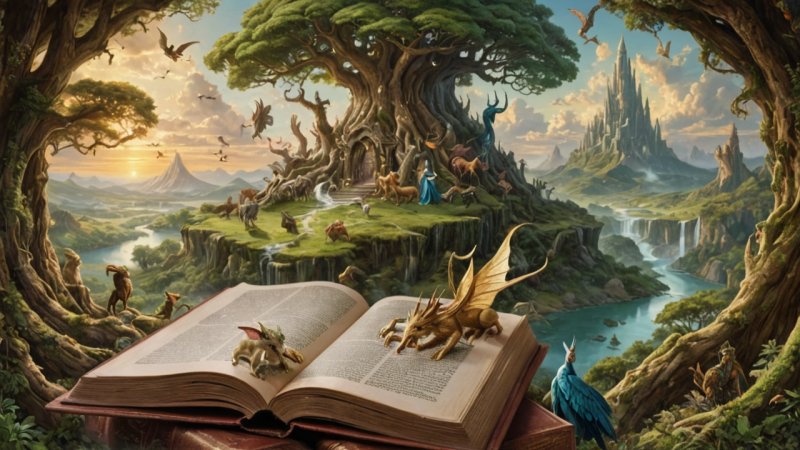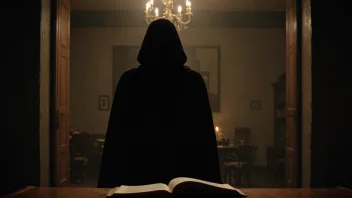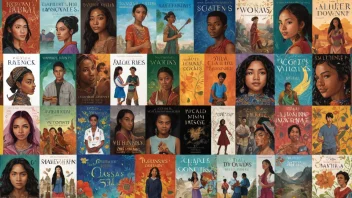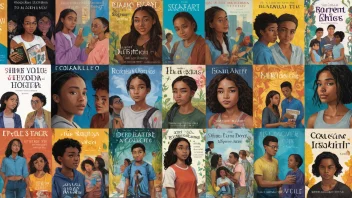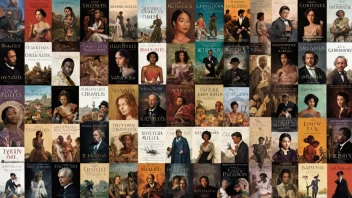Folklore has long served as the backbone of storytelling, influencing the creation of fantasy narratives across cultures and epochs. The intertwining of folklore and fantasy not only enriches the narrative but also provides a framework through which readers can explore the human experience. This article delves into the similarities and differences in how folklore shapes the fantasy genre by examining two notable works: J.R.R. Tolkien's "The Lord of the Rings" and Neil Gaiman's "American Gods." Both authors have skillfully integrated elements of folklore into their narratives, yet they do so in distinct ways that reflect their unique storytelling philosophies.
Understanding Folklore in Fantasy
Before diving into specific examples, it's essential to establish what folklore represents in the context of fantasy literature. Folklore encompasses the traditional beliefs, myths, legends, and practices of a culture, often passed down orally through generations. In fantasy narratives, these elements serve as a foundation for world-building, character development, and thematic exploration. Both Tolkien and Gaiman utilize folklore as a means to create rich, immersive worlds that resonate with readers.
World-Building: Tolkien vs. Gaiman
Tolkien's Mythological Subcreation
J.R.R. Tolkien is renowned for his vast mythological universe, which is meticulously crafted in "The Lord of the Rings." His world of Middle-earth is rooted in various European mythologies, particularly Norse and Anglo-Saxon traditions. Tolkien's folklore-inspired creatures, such as elves, dwarves, and orcs, are drawn directly from mythological sources, and he often incorporates elaborate histories and languages to enhance the authenticity of his world. This extensive world-building creates a sense of depth, inviting readers to lose themselves in a rich, immersive experience.
Gaiman's Contemporary Folklore
In contrast, Neil Gaiman approaches folklore in a more modern and eclectic manner. In "American Gods," Gaiman intertwines various mythologies, including those of the Norse gods, African deities, and Native American spirits, to reflect the cultural melting pot of contemporary America. Gaiman's folklore serves as a commentary on the changing nature of belief and identity in a modern society, where old gods fade into obscurity while new ones emerge. His integration of folklore is less about creating a cohesive world and more about exploring the intersection of myth and reality.
Character Development: Archetypes and Complexity
Tolkien's Archetypal Heroes
Tolkien's characters often embody archetypal roles found in folklore, such as the reluctant hero (Frodo Baggins) or the wise mentor (Gandalf). These archetypes serve to establish a familiar narrative framework that resonates with readers. The characters’ journeys are heavily influenced by the folkloric traditions they represent, as they often face trials that test their virtues and moral fortitude. This reliance on archetypes, while effective, can lead to predictable character arcs that may not resonate with every reader.
Gaiman's Nuanced Characters
Conversely, Gaiman's characters are marked by complexity and ambiguity. In "American Gods," characters such as Shadow Moon and Mr. Wednesday are multifaceted and often grapple with their identities and the shifting nature of belief. Gaiman's approach allows for a deeper exploration of character motivations and conflicts, reflecting the intricacies of modern existence. The blending of folklore with contemporary issues adds layers to Gaiman's characters, making them relatable and thought-provoking.
Thematic Exploration: Tradition vs. Change
Tolkien's Themes of Tradition and Heroism
Tolkien's work often emphasizes themes of tradition, heroism, and the battle between good and evil. The folklore elements in "The Lord of the Rings" serve to reinforce these themes, as characters undertake epic quests that echo the trials of mythic heroes. The preservation of tradition is paramount in Tolkien's narrative, as seen in the preservation of the Shire and the legacy of the Elves. This adherence to tradition can evoke a sense of nostalgia and a longing for simpler times.
Gaiman's Themes of Change and Identity
In contrast, Gaiman's narratives frequently explore themes of change, identity, and the fluidity of belief. In "American Gods," the decline of old gods symbolizes the transformation of society and the emergence of new forms of worship. The integration of various folklore traditions allows Gaiman to examine how cultural identity is shaped in a modern context. His exploration of these themes encourages readers to reflect on their beliefs and the forces that shape them.
Conclusion: A Tapestry of Influence
In comparing J.R.R. Tolkien's "The Lord of the Rings" and Neil Gaiman's "American Gods," it becomes evident that folklore plays a pivotal role in shaping fantasy narratives. Tolkien's meticulous world-building and archetypal characters celebrate tradition and heroism, while Gaiman's eclectic approach and nuanced characters reflect the complexities of modern identity and belief. Both authors demonstrate the power of folklore in enriching their narratives, albeit in distinct ways. Ultimately, the choice between the two depends on whether one seeks a journey steeped in mythological tradition or a contemporary exploration of belief and identity. Each author offers a unique lens through which to appreciate the enduring influence of folklore in fantasy literature.
